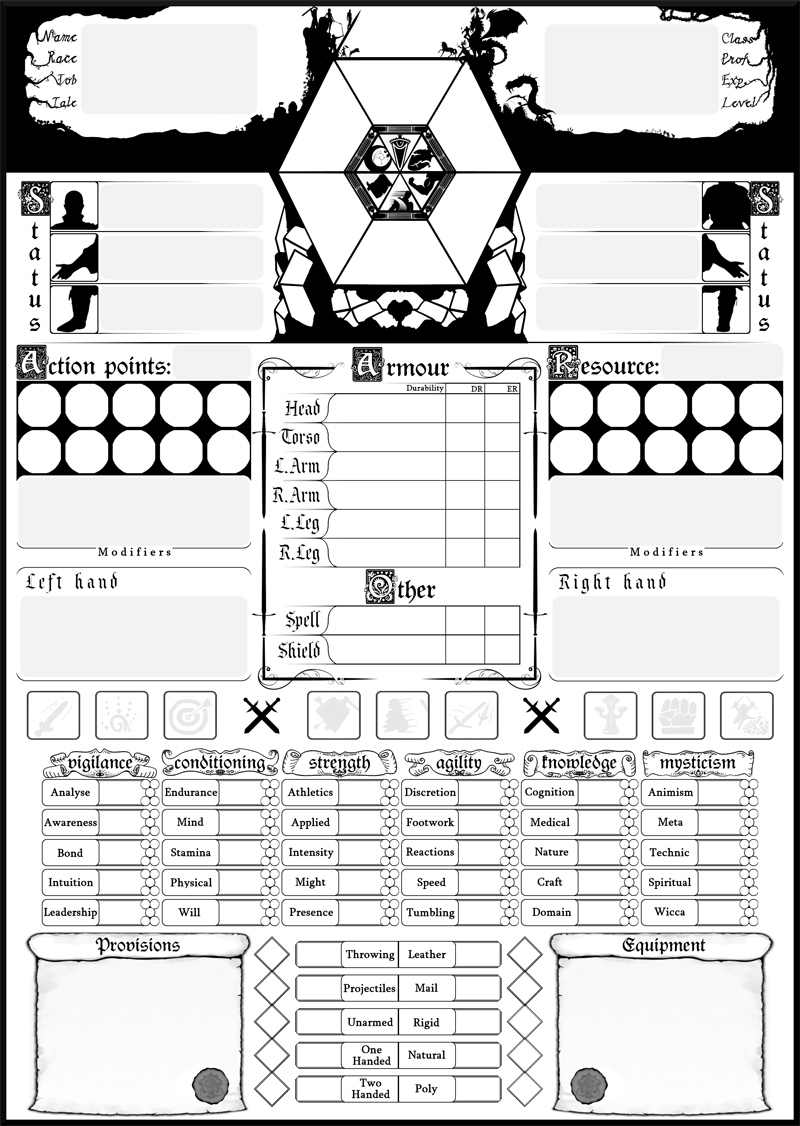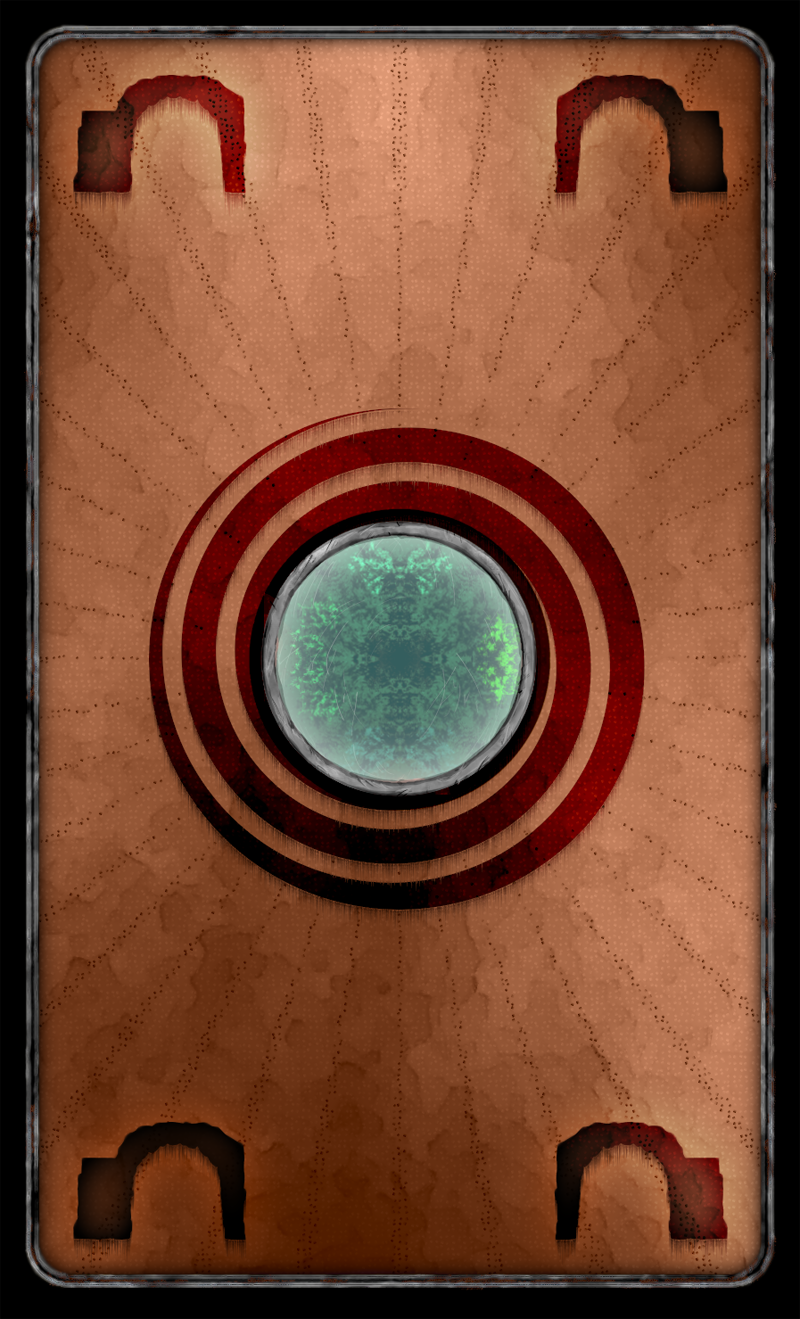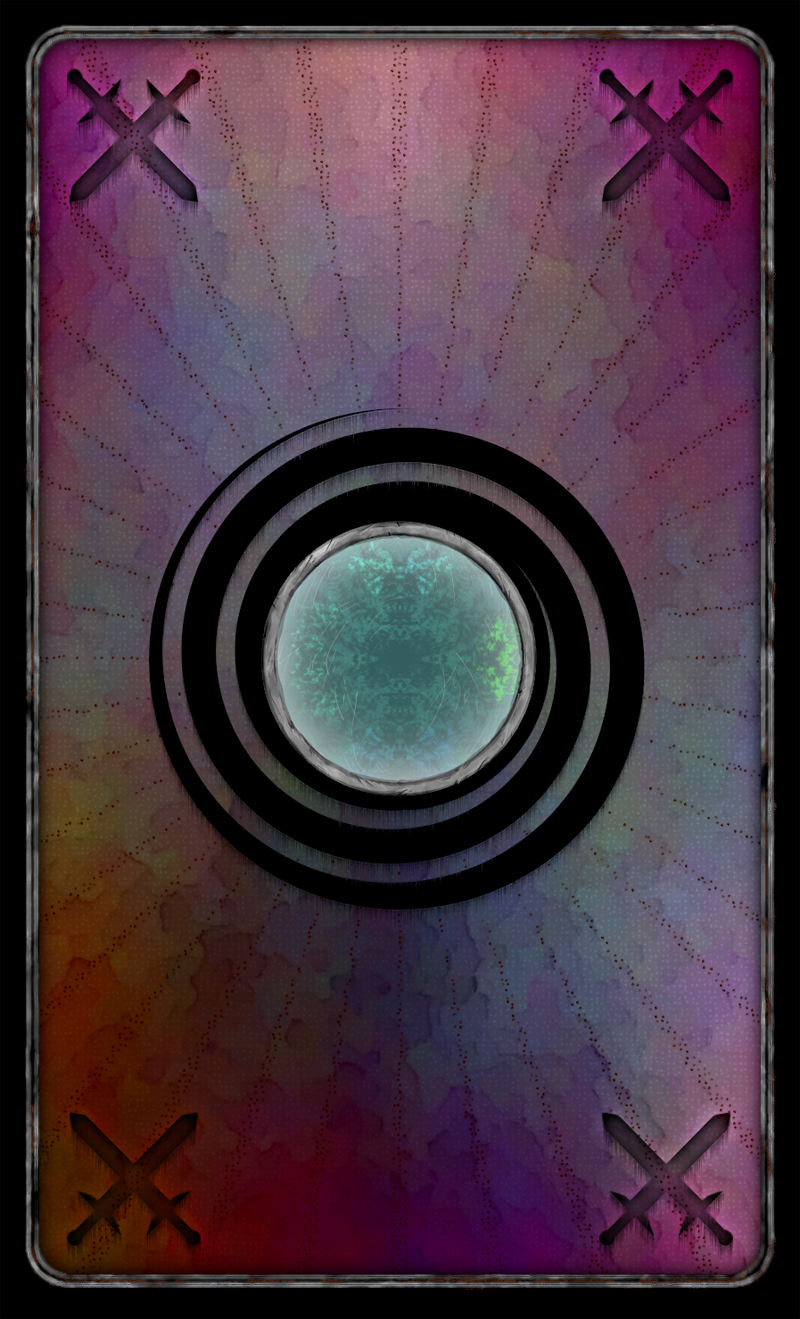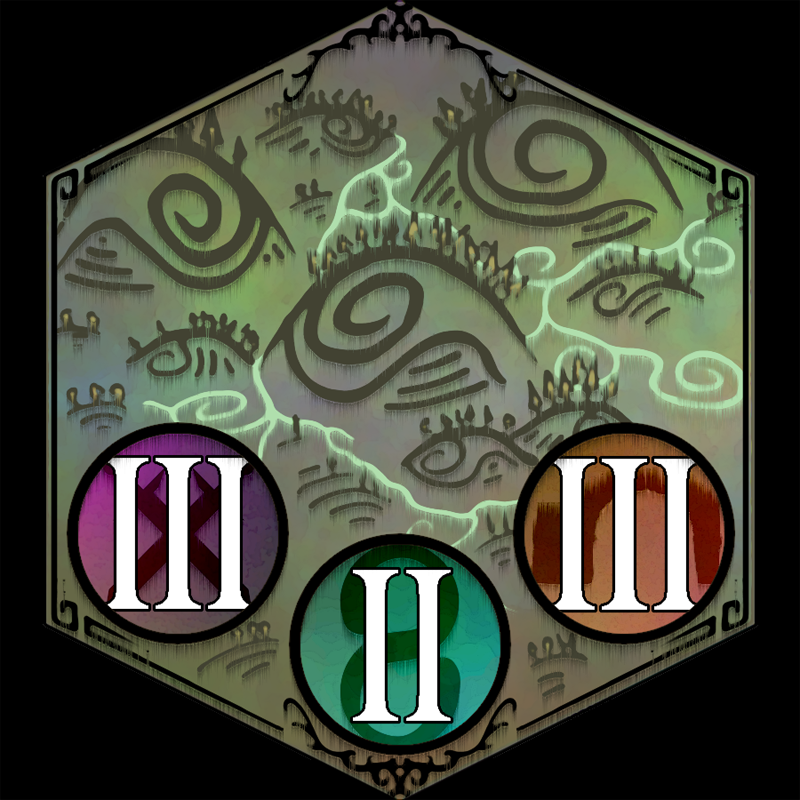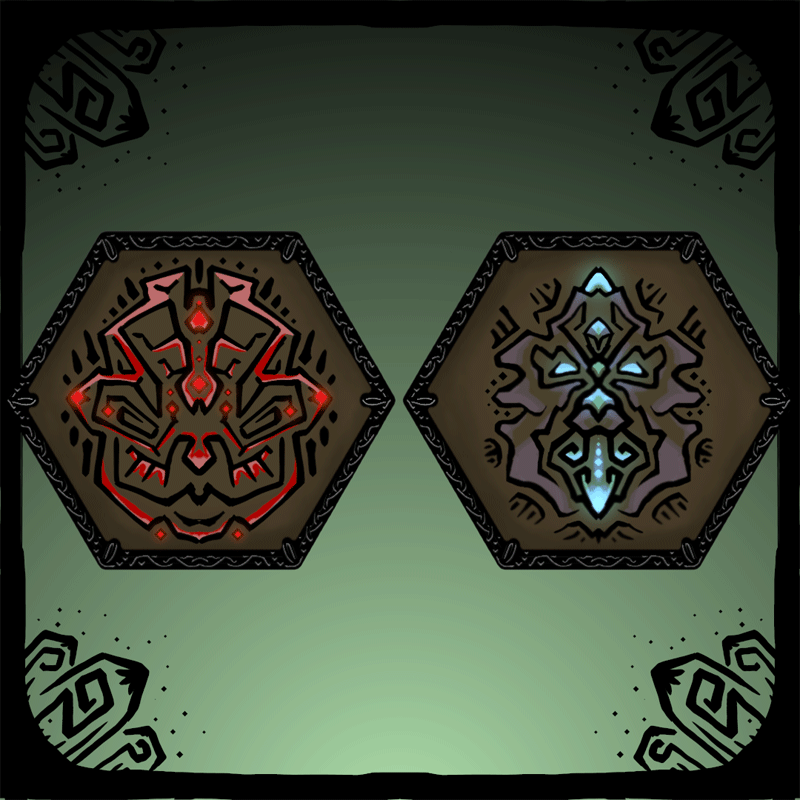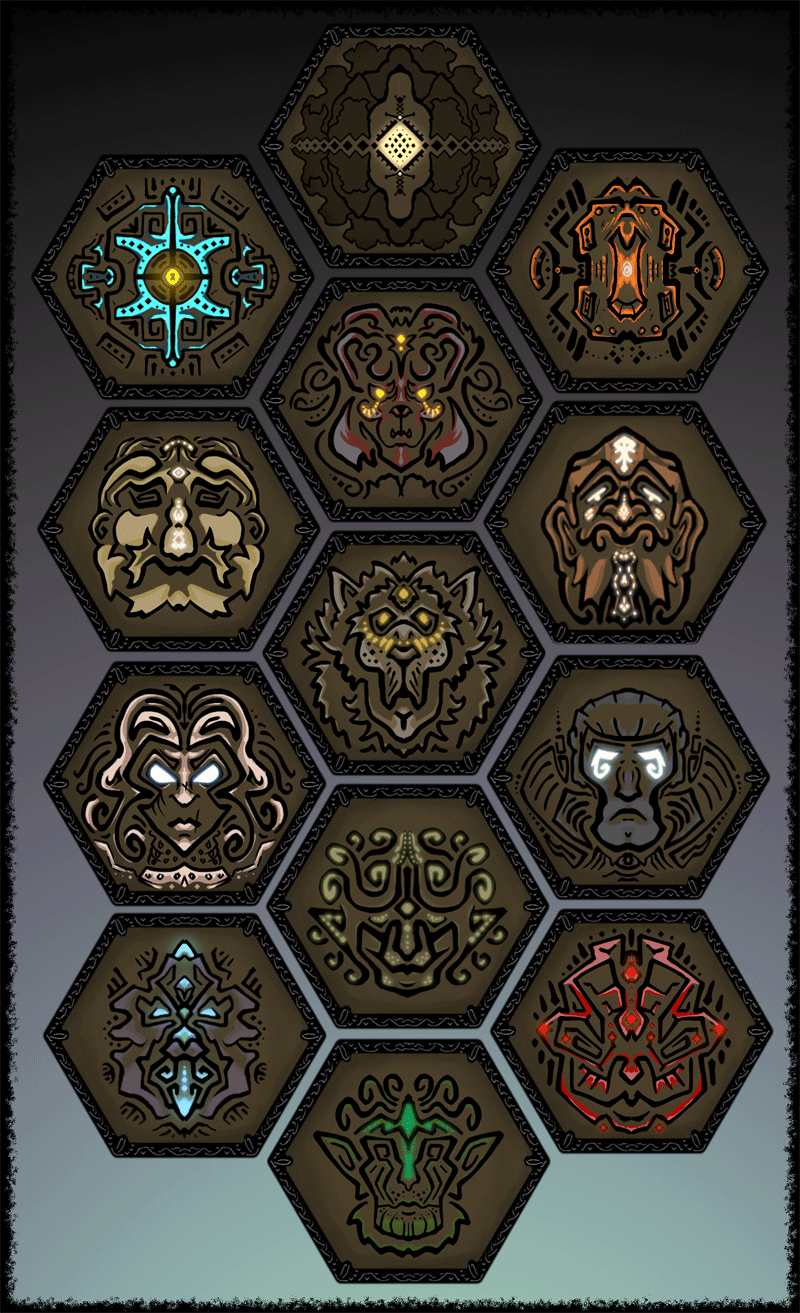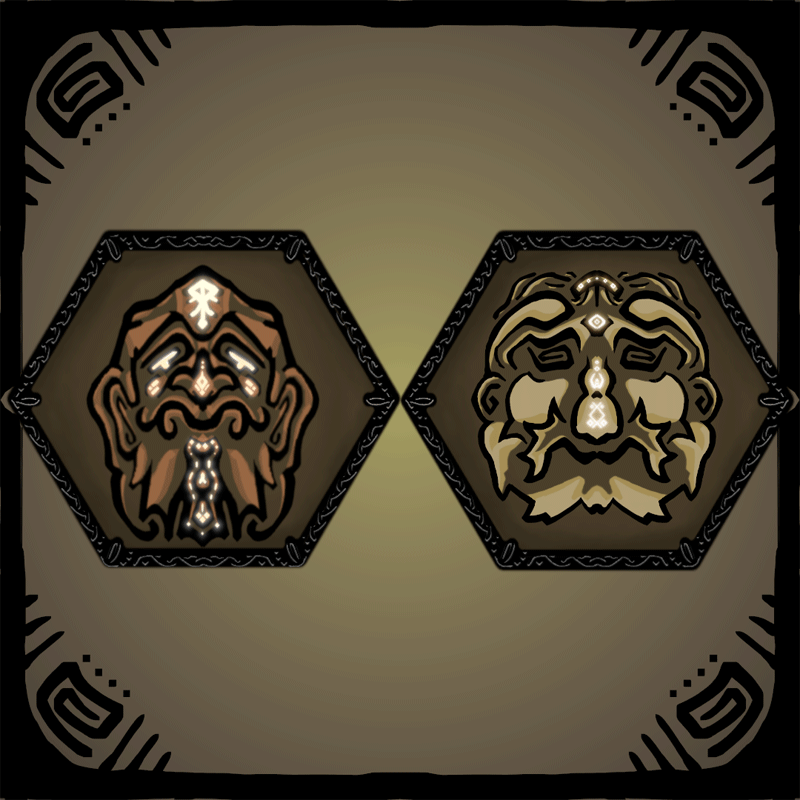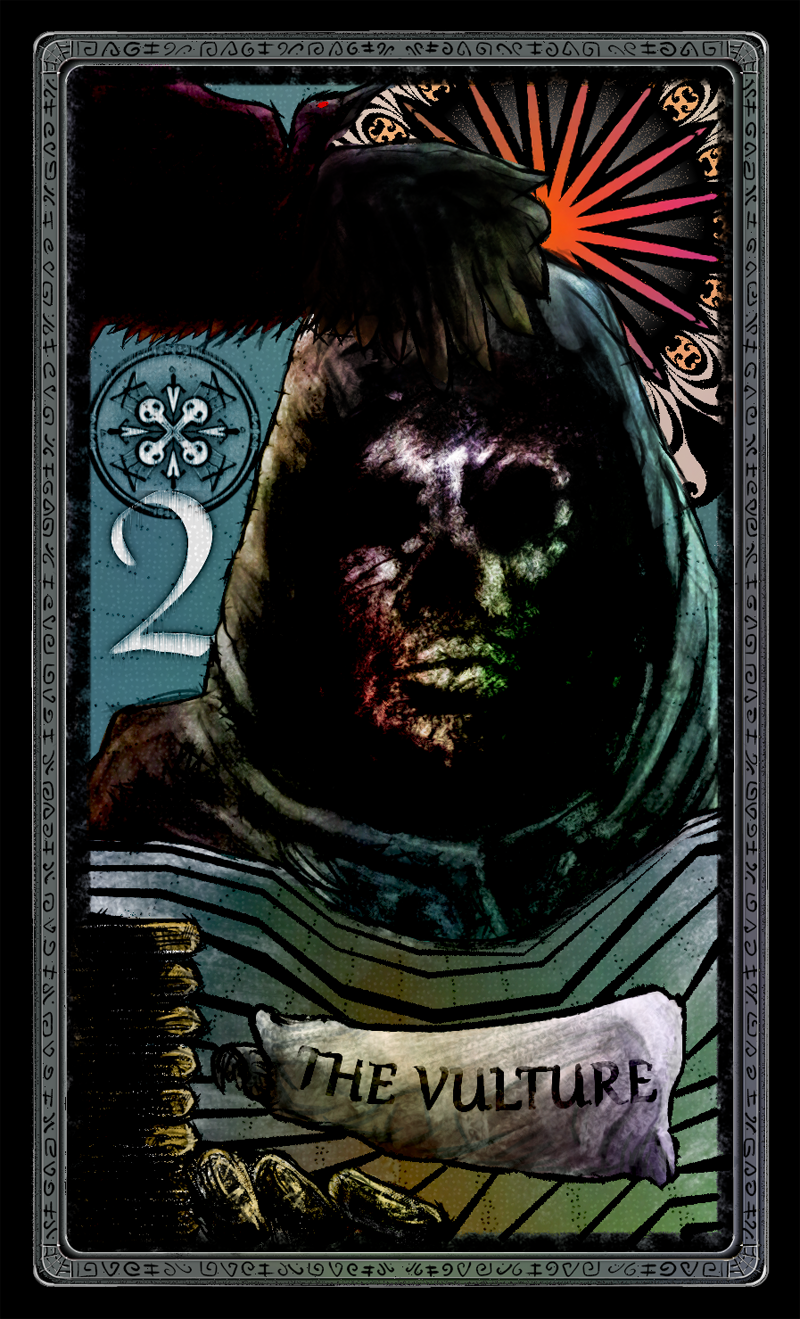MapMan Creations developing a tabletop RPG.
Hello my name is Liam, also known as MapMan, and thank you for taking an interest in my project!

I am currently creating and self publishing my own Tabletop RPG with the aid of a few good friends.
How I got here: I started by creating art assets and maps for D&D mainly, but since then I've started developing my own array of resources and materials for a multitude of games which has now evolved into me developing my own tabletop RPG, I have yet to name my project, but i'm thinking of leaving it up to the public to decide. Unfortunately Boaty McBoatFace has already been taken though.
The Project: The tabletop RPG i'm creating is a roguelike game, so every time it's played it should be a relatively new experience. It has a heavy focus on role play, survival and learning. The original theme is a kind of steampunk fantasy, but it can be anything the players choose.
System: The game uses a mixture of the Basic Role Playing system, my own custom Wound System and Learning System, card decks and world generation.
Wounds: There are NO Hit Points! Damage Reduction, Evasion and Counter Rolls are the determining factors of whether you take a hit. When hits are dealt the damage is reduced by the Damage Reduction of the armour and any damage spilling over goes towards armours durability, once all durability is gone the player or creature is open to being wounded! Wound effects evolve in severity, from minor hinderances to major detriments, characters and creatures can only take so much punishment before the effects lead to death, dismemberment or unconciousness.
Hindsight: The game is not "hardcore" by design, but it is designed to be rewarding for succeeding and also failing. Every adventurer starts somewhere, and it's usually at the bottom of the barrel.
Your character is not special. Your character is not a chosen one. Your character can and will die if you play them as such. So remember not every fight needs to be to the death and not every roll is a success, the best teacher is failure and we all learn from our mistakes! The Hindsight System rewards the players for simply daring to try.
Each failed roll counts as a lesson that can be looked back on and learned from (given the character is capable and willing), each skill has a total of 5 Hindsight pips, once all 5 pips have been filled the player can take time during any rest or downtime to 'study' and look back on what went wrong! Successful study gives that players character an increase in that skill and their hindsight pips reset for their next round of goofs.

What's on the cards: The cards can be used for event creation, encounter creation and dungeon creation on the fly, or used as simple inspiration for the unplanned moments that are bound to occur. There are 4 sets of cards - Quest cards, Encounter cards, Monster cards and Discovery cards.
Quest Cards - Offer a variety of adventures, from the simple and mundane to the outlandish and foolhardy.
Encounter Cards - These cards can be used for random encounters or in unison with certain quest and discovery cards. Not all encounters are hostile, so be on the lookout for that traveling circus
Monster Cards - A quick and easy way to generate foes for the players or to use as quick reference material instead of flicking through a tome of knowledge.
Discovery Cards - These cards offer on the fly places of interest. For when the players decide to go against the grain, used in unison with quest and encounter cards, or if the GM decides it'll be a good idea to just have something cool to explore for the players.

World & Map generation: The world generation a part of the game I am most excited about! The board is created by multiple two sided hexagonal pieces called a 'World Hexes'.
These World Hexes display what kind of region it is and how many encounter, quest and discovery cards should be used to form a deck during entry. The world hexes can be meticulously placed to create an entire world map or region, thrown across a table to see what sticks, or pulled and revealed during play.
The hexes also double up as a battle grid for combat when flipped over, offering advantages and disadvantages of the world hexes terrain types.
Running the game: The game can be run by a GM similar to other TTRPGs, or it can be played by using the cards and the random generation the game can provide. You could also play with a hybrid GM/Player mix where the GM essentially acts like an "overseer" making sure the game runs smooth and correct while still being able to play themselves.
